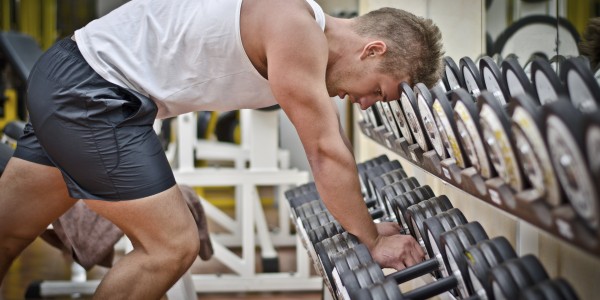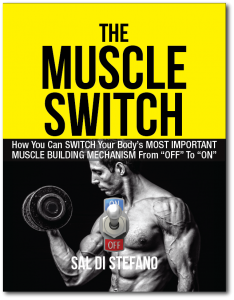Are you abusing intensity in your pursuit of a leaner and more fit physique?
Super high intensity training seems to be all the rage nowadays. We can see it everywhere, from Crossfit to HIIT (high intensity interval training) to races like the Tough Mudder runs. It’s all about how hard you can work out and fitness professionals are eating it up, coming up with creative new ways to beat the crap out of people in the name of fitness.
To be fair, intensity IS important when you are trying to get your body to change, however, intensity can EASILY be misused. In fact, it is easier to train too hard than it is to train too often. Intensity is arguably the most over-applied tool in the fitness industry. It feeds into the attitude of “all or nothing” and it feels more productive….”I can barely move today…yesterday’s workout must have been super effective!” This attitude is responsible for more injuries and failed attempts at physical progress than almost anything else I can think of.
Working out with extreme intensity is also the go-to tool many people use to feel better about themselves after they miss a workout or eat a really bad meal. ”I missed 2 workouts so I am gonna work out SUPER HARD today to make up for it”…or…”I ate that huge burrito so I am gonna just train so hard that I can’t walk tomorrow.” Sorry folks, but that will not make you progress any faster and, in fact, may actually slow down your progress.
So what is the right intensity?
First off, we have to identify what happens to the body when we exercise. When we train our bodies we are attempting to trigger an adaptation response. The ONLY benefit of exercise is the adaptive response, not the exercise itself. In fact, for all intents and purposes, exercise in and of itself is BAD FOR US. Yes, you heard me right. When we exercise we stress the body…we create tons of free radicals…our blood pressure goes up…we deplete energy and electrolyte stores…we are basically HURTING ourselves. If you simply examined what happens to the body DURING exercise you would never recommend it to anyone, let alone do it yourself.
It’s what happens AFTER you exercise that is the good part. The damage and stress you create when you exercise simply tells your body to “adapt” so that the next time the same stress is applied it won’t hurt you again. However, if you damage your body excessively then your body won’t have enough resources or time to recover and adapt before the next workout.
This adaptive response is similar to the adaptive response your skin undergoes when you expose it to the sun.
Imagine if you have been living in a dark basement for 3 years. How much sun do you think it would take to stimulate skin adaptation and start getting a tan? Very little. How much sun does it take to burn you? Just a little bit more. This is why short, frequent exposure to the sun is the best way to tan if you are fair skinned. A single sunburn injures the skin and stops your progress.
Most people are overexposing themselves to intense exercise. Unless you are at a VERY advanced level, a super high level of intensity is not only unnecessary, it is extremely counter-productive. You are better off working out more frequently and with less intensity for a consistent adaptive response.
Most people are surprised how frequently they can work out as long as the intensity is appropriate. I can train anyone every single day for an hour at the appropriate intensity but there are very few people around who can train once a week at maximum balls to the wall intensity without creating excessive damage.
At this point you are probably wondering how to gauge the right intensity for resistance training. Soreness tends to be a good indicator. If you are sore for more than a day, then you probably worked out too hard. On the flip side, not being sore doesn’t mean you need to train harder…in fact, if you train with the perfect level of intensity you probably won’t get very sore at all. I rarely get sore…usually the day after my workouts I can feel that I trained my body but I am not really that sore at all. If you are progressing by getting stronger, faster or just feeling overall more fit and you are NOT getting sore, then good for you! You are training with the appropriate intensity. One thing is for damn sure though, training to failure (lifting a weight or exercising until you can no longer continue with good form) is too much intensity 99% of the time. NEVER train to failure.
My advice is this: When in doubt, for better and longer lasting results, train more frequently at a moderate intensity rather than less frequently at a high intensity. In other words, working out 4 days a week at a moderate intensity should give you better results than if you beat the crap out of yourself 2 days a week. Try it out for a month and I am sure most of you will never go back to the old way again.

